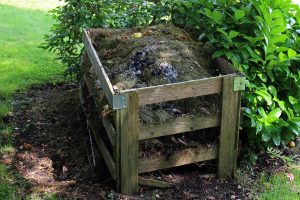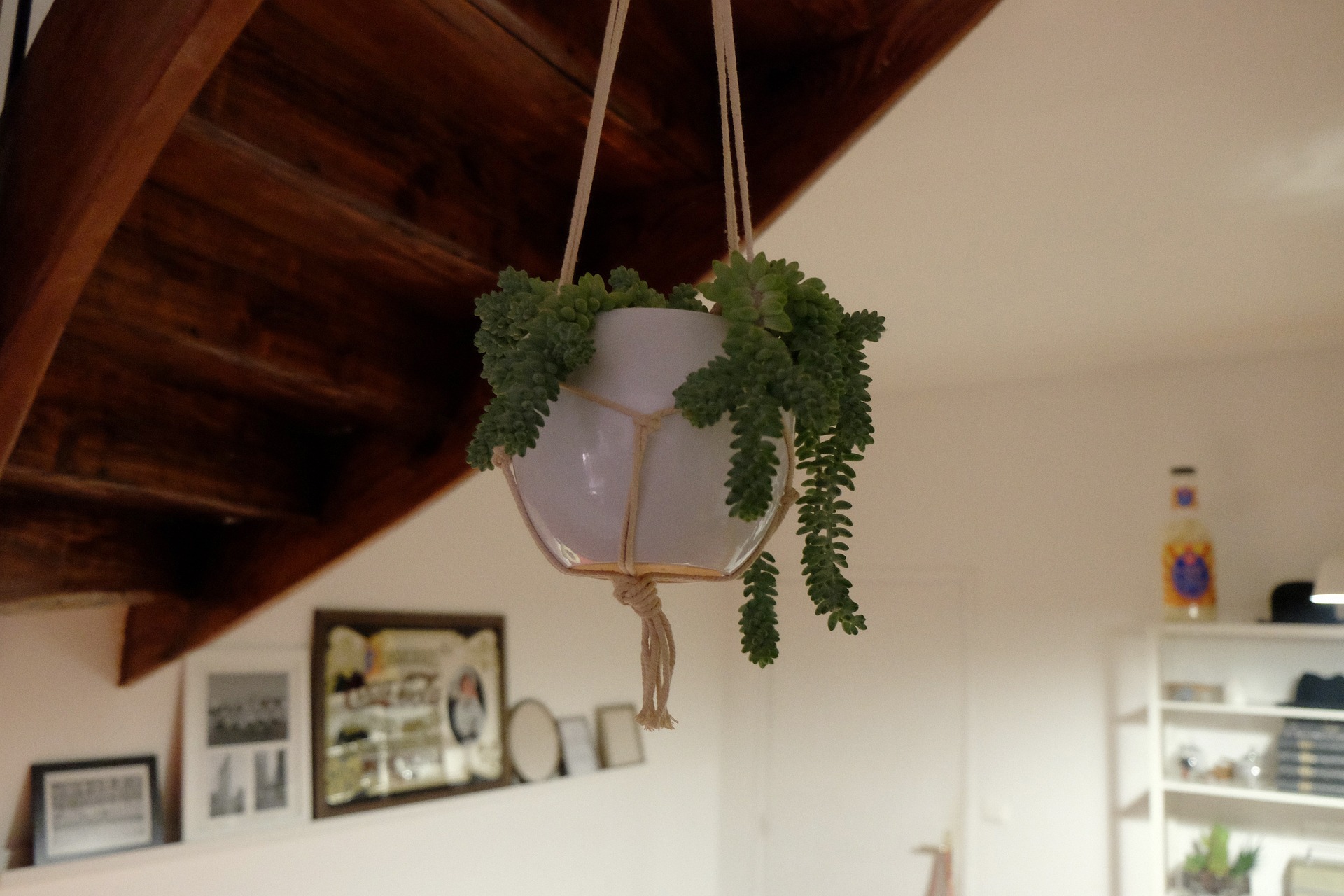
In the realm of interior and exterior design, the allure of hanging plants has gained immense popularity, adding a touch of greenery and elegance to any space. Whether suspended from the ceiling, cascading down walls, or adorning pergolas, hanging plants bring a refreshing and dynamic element to both indoor and outdoor environments. This article delves into the enchanting world of hanging plants, exploring various types, their unique characteristics, and the art of incorporating them into your living spaces.
- Versatility of Hanging Plants:
Hanging plants come in a myriad of shapes, sizes, and textures, making them versatile choices for different settings. From compact apartments to spacious gardens, these plants can be tailored to suit any space. For indoor environments, hanging plants are often chosen to maximize floor space and introduce a touch of nature into areas with limited access to sunlight. Outdoors, for defining spaces, creating privacy, or simply enhancing the aesthetic appeal of a garden, they can be used.
- Popular Varieties:
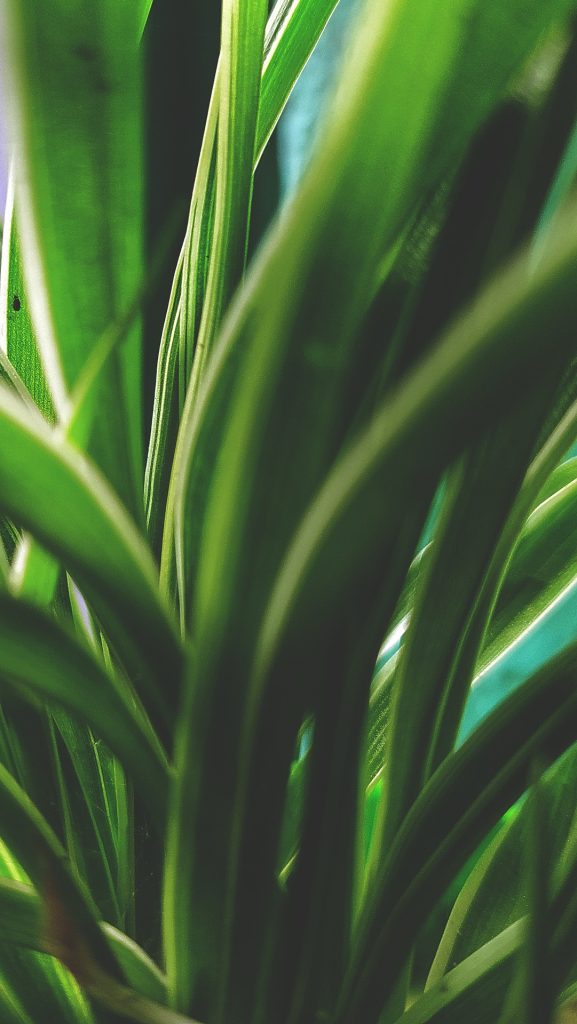
a. Spider Plant (Chlorophytum comosum): Recognized for its arching, spider-like leaves, this resilient plant thrives in indirect light. The plant is known for its air-purifying qualities.
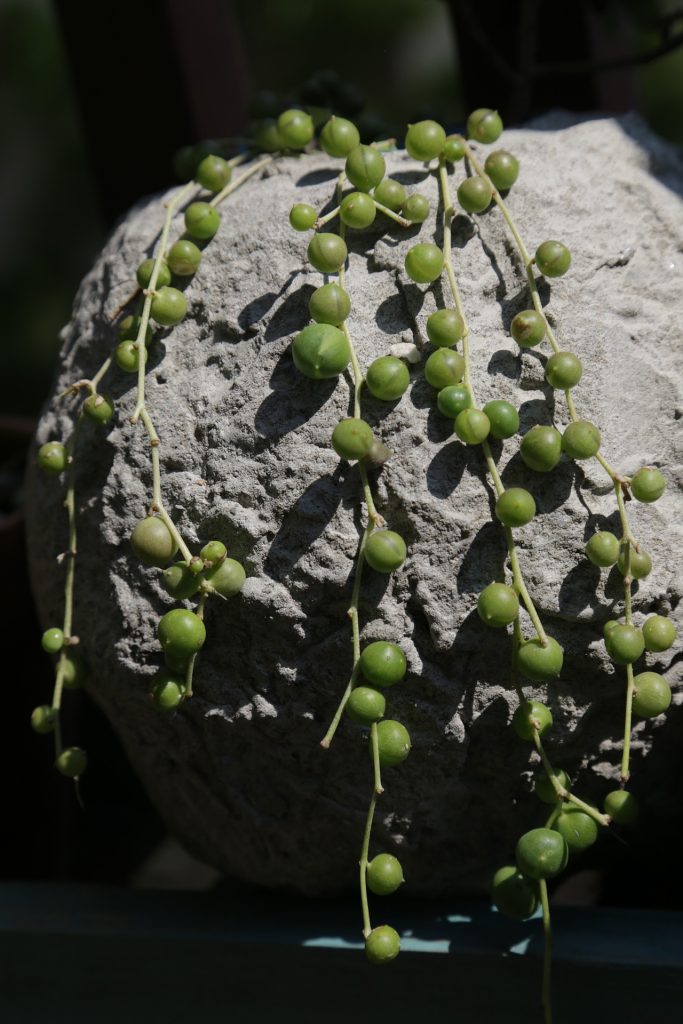
b. String of Pearls (Senecio rowleyanus): With cascading strings of small, bead-like leaves, this succulent is perfect for hanging baskets. Bright, indirect light and well-draining soil is required for its growth.
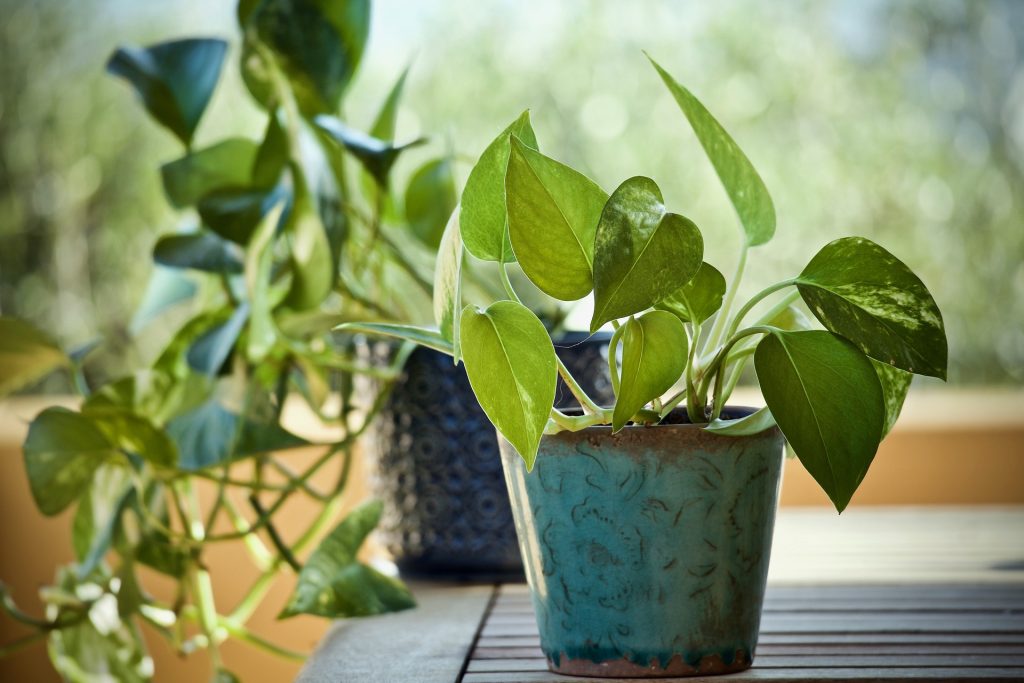
c. Devil’s Ivy (Epipremnum aureum): Also known as Pothos, this adaptable plant is prized for its heart-shaped leaves and can thrive in a variety of lighting conditions, including low light.
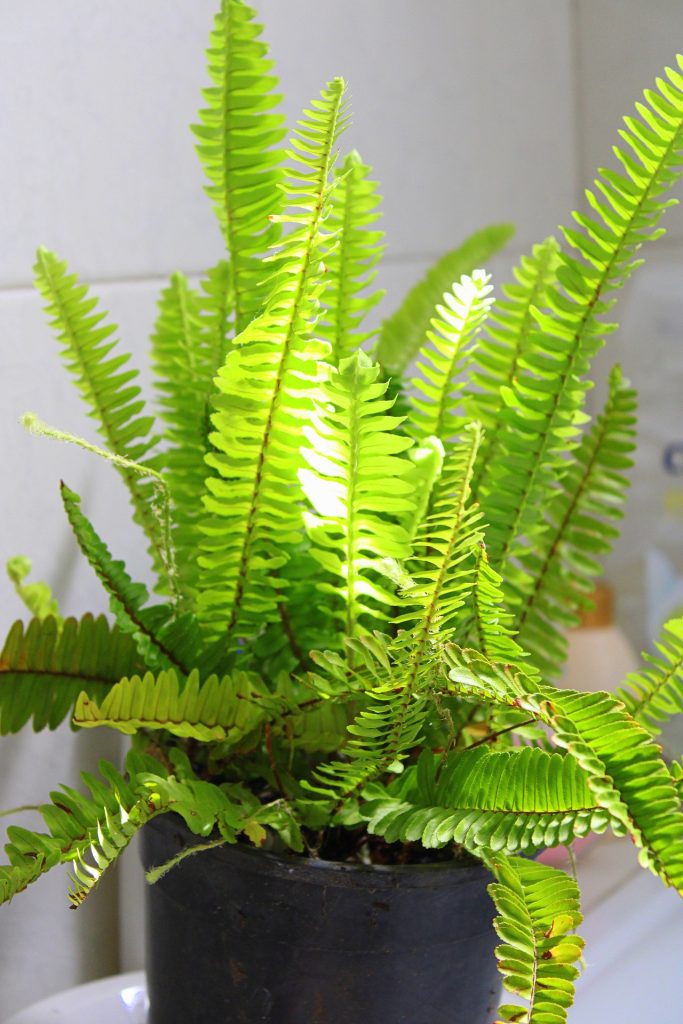
d. Boston Fern (Nephrolepis exaltata): Characterized by delicate, feathery fronds, Boston Ferns are well-suited for humid environments and prefer indirect light.
e. Lipstick Plant (Aeschynanthus radicans): Named for its vibrant red tubular flowers, the Lipstick Plant is an eye-catching choice for those seeking a splash of color.
f. Trailing Jade (Senecio jacobsenii): This succulent, with its cascading stems adorned with round leaves, is an excellent choice for hanging baskets and requires bright, indirect light.
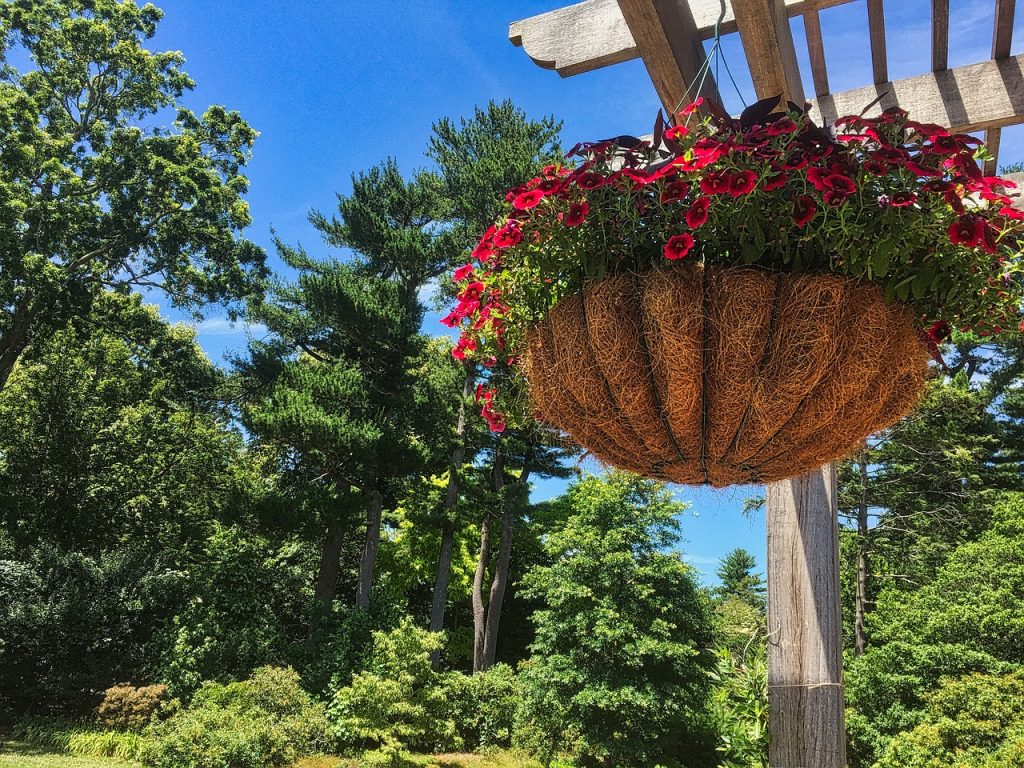
- Caring for Hanging Plants:
While hanging plants can be visually stunning, their care requirements vary. Understanding the specific needs of each variety is crucial for maintaining their health and vitality.
a. Light: Most hanging plants thrive in bright, indirect light. However, lower light conditions can be tolerated by some species, such as the Spider Plant and Devil’s Ivy. It is essential to consider the natural lighting of your space when selecting hanging plants.
b. Watering: Overwatering is a common pitfall for hanging plants. Allowing the soil to dry out between waterings helps prevent root rot. Succulent varieties, like the String of Pearls, prefer drier conditions, while ferns and tropical plants may require more consistent moisture.
c. Soil: Well-draining soil is crucial for hanging plants to prevent waterlogged roots. Using a high-quality potting mix with added perlite or sand aids in proper drainage.
d. Fertilization: The health and appearance of hanging plants can be boosted by regular fertilization during the growing season. However, it’s essential to follow specific guidelines for each plant type, as over-fertilization can be harmful.
e. Pruning: To encourage bushier growth and maintain an appealing shape, periodic pruning is recommended. Remove dead or yellowing leaves and trim excessively long stems to promote a more compact and aesthetically pleasing appearance.
- Creative Displays and Arrangements:
The beauty of hanging plants lies not only in their individual charm but also in the creative arrangements and displays that can be crafted. Here are some ideas for incorporating hanging plants into your living spaces:
a. Macramé Hangers: The visual appeal of your hanging plants can be elevated by placing them in decorative macramé hangers. These woven designs add a bohemian touch to your space and can be customized to match your aesthetic.
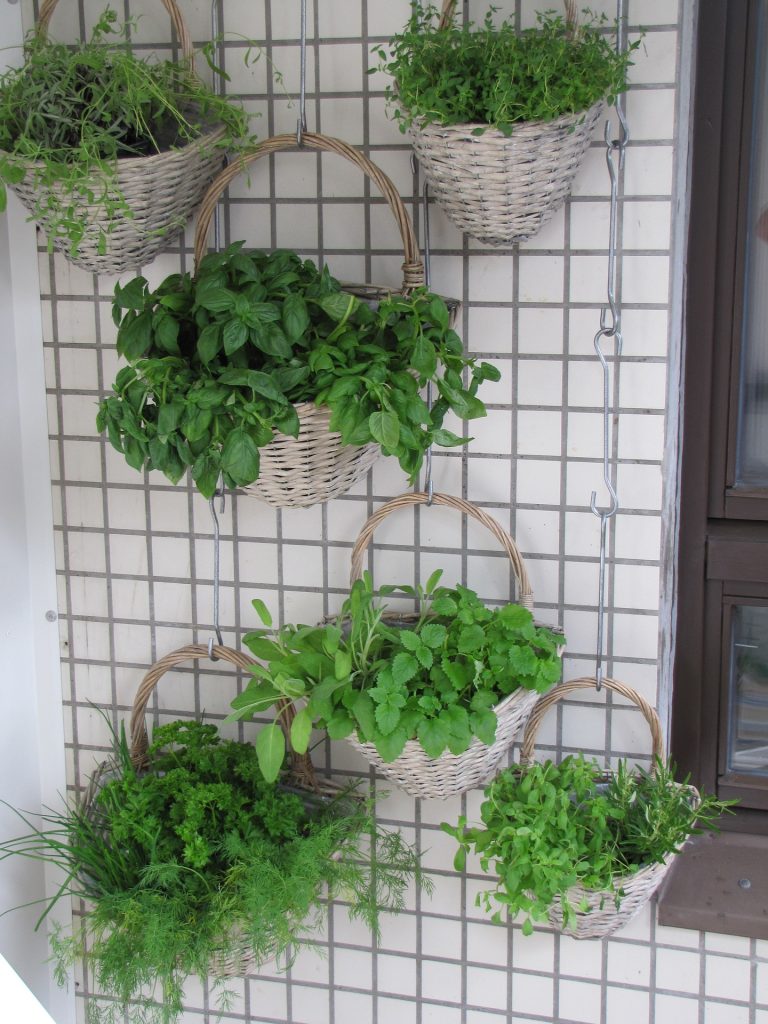
b. Vertical Gardens: Create a stunning vertical garden by arranging an assortment of hanging plants on a wall-mounted trellis or using floating shelves. This not only maximizes space but also transforms bare walls into vibrant, living works of art.
c. Mix and Match: Combine different varieties of hanging plants with varying leaf shapes, sizes, and colors to create a visually dynamic display. The contrast between cascading vines, lush foliage, and flowering plants adds depth and interest to your arrangement.
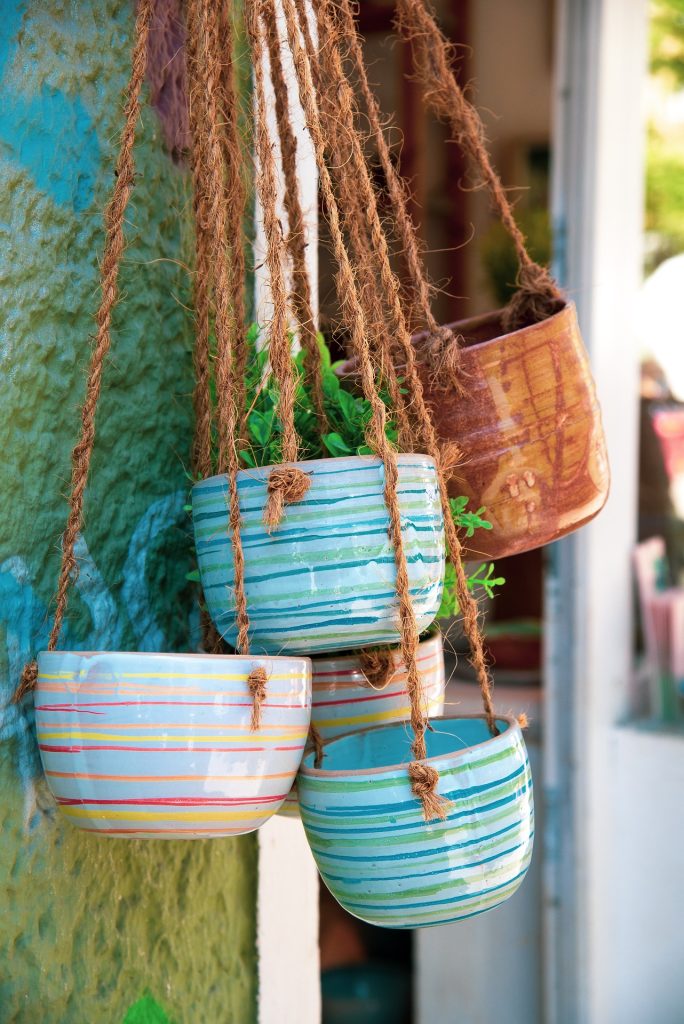
d. Hanging Baskets: Utilize decorative hanging baskets to showcase your plants. Opt for baskets in different materials, such as wicker or metal, to complement your interior or outdoor decor.
e. Suspended Terrariums: Embrace the trend of suspended terrariums by placing small hanging plants in glass containers. This not only adds a touch of whimsy but also allows you to appreciate the intricate details of each plant up close.
- Conclusion:
Hanging plants have become indispensable elements in the realm of interior and exterior design, captivating enthusiasts with their diverse forms and graceful presence. As we continue to seek ways to bring the outdoors inside and enhance our living spaces, the allure of hanging plants persists. Whether you opt for the classic beauty of a Boston Fern or the quirky charm of a String of Pearls, the world of hanging plants invites you to embark on a journey of creativity, serenity, and natural elegance.





